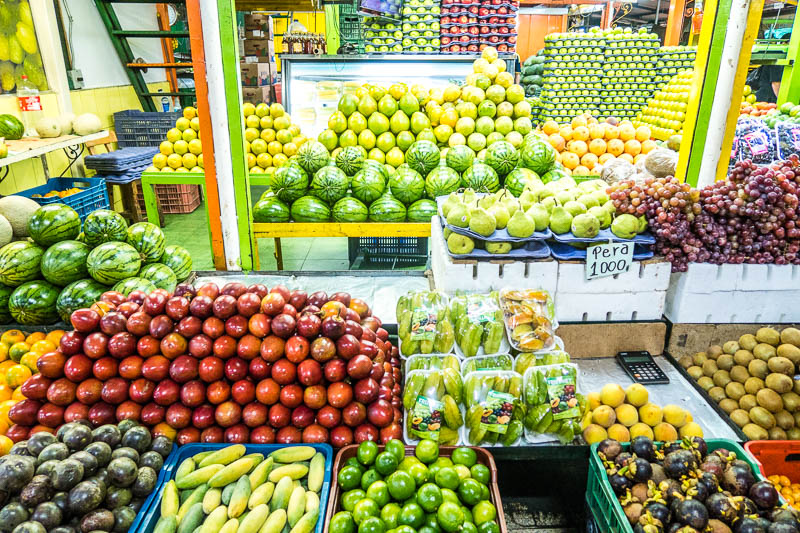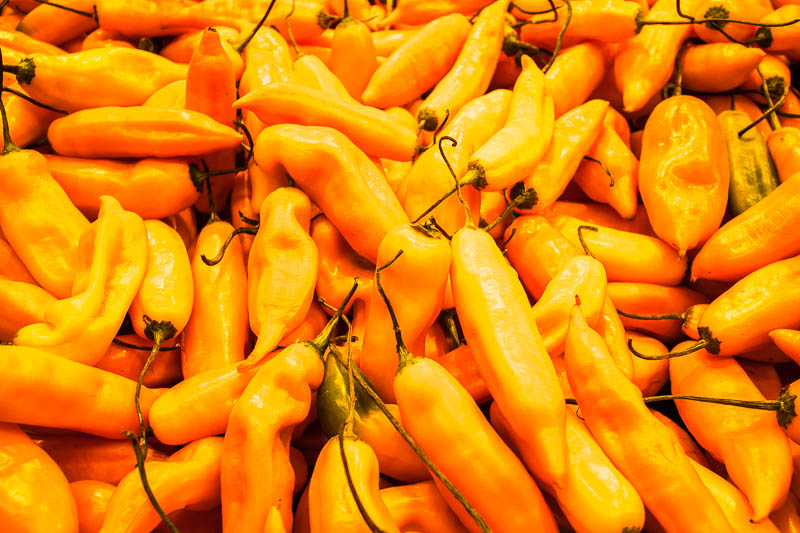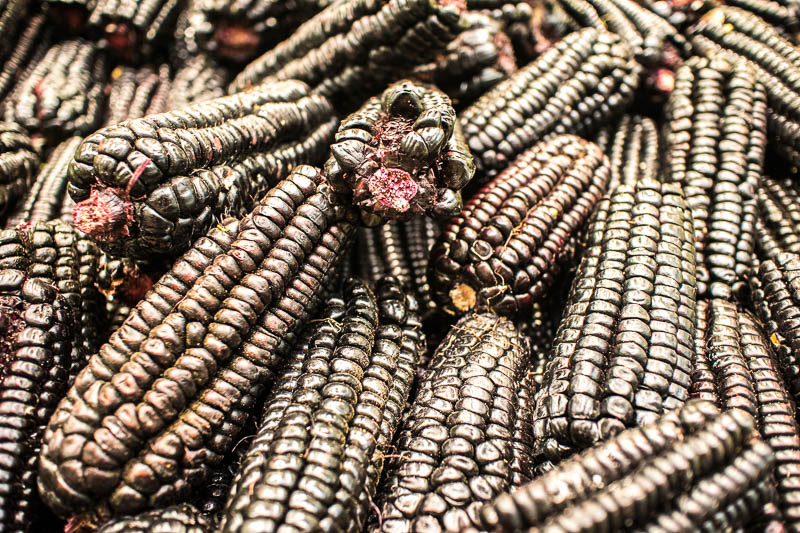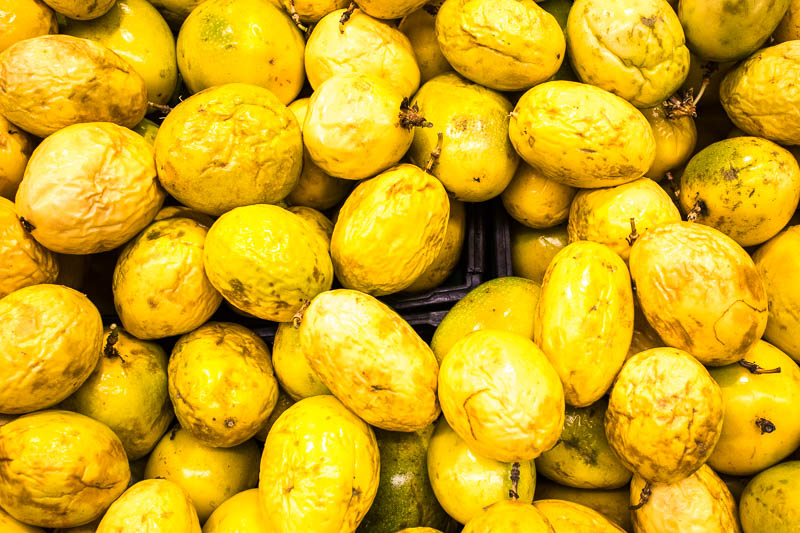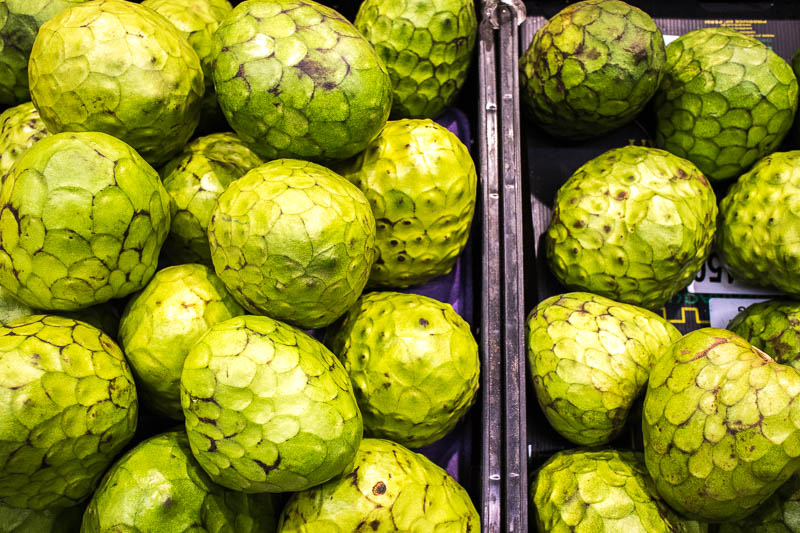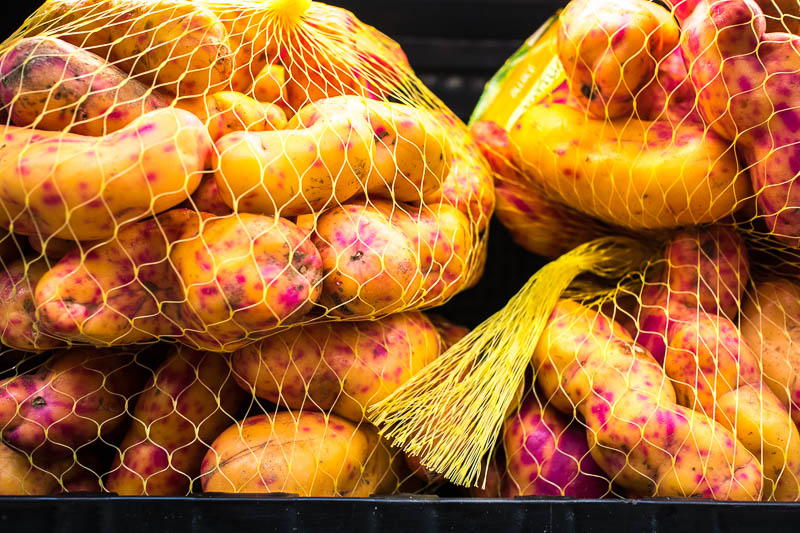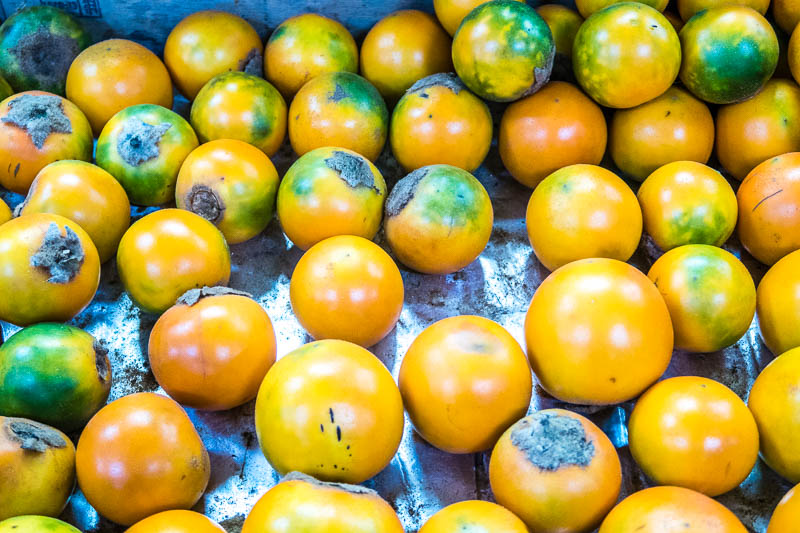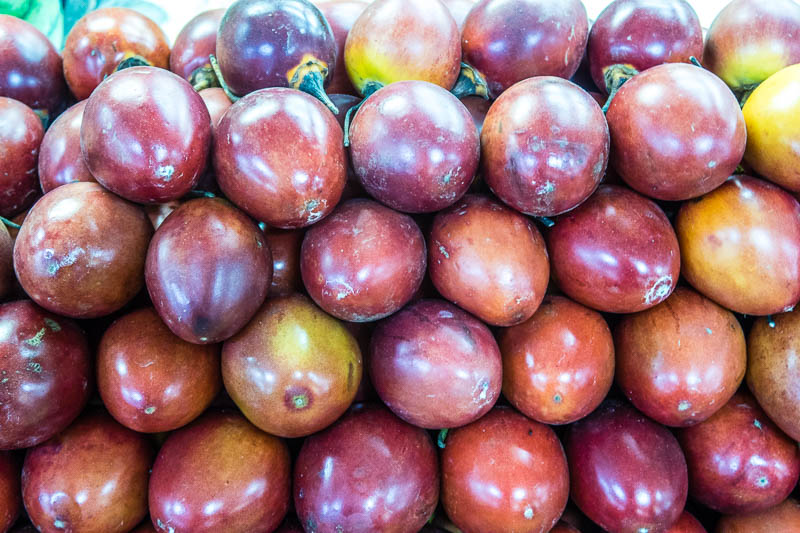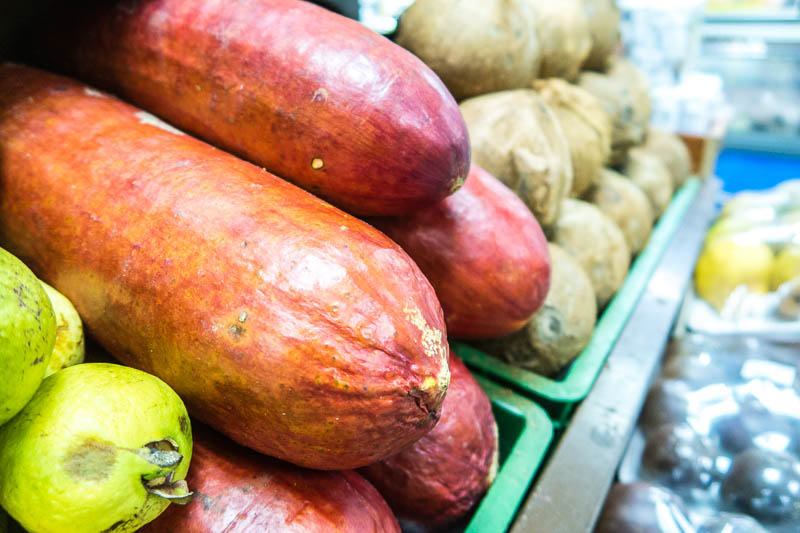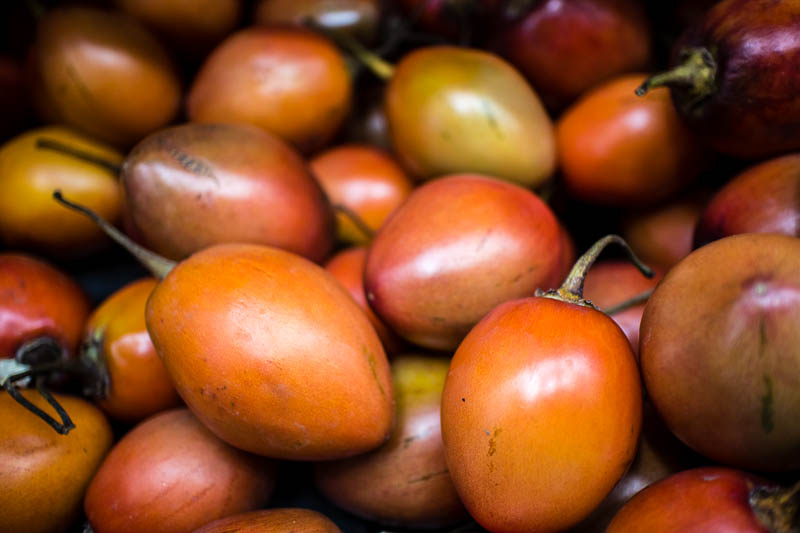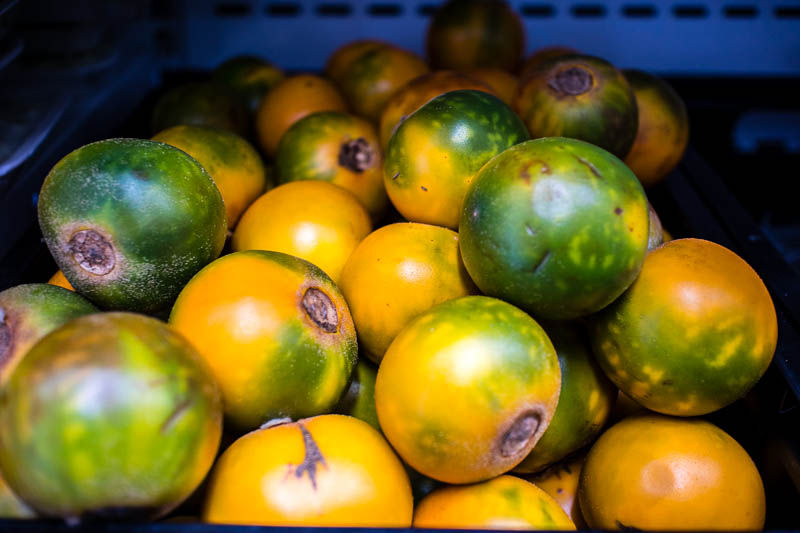BOGOTA | One of the many reasons that I wanted to travel to South America was to try its amazing fruits and vegetables. The continent, and more specifically those areas near the Amazon rain forest, is home to thousands of varieties of fruits and vegetables, many of which can only be found withing a small radius of where they are grown.
During my time in Peru and Colombia I had the opportunity to try many of these delicacies, from different varieties of familiar things to totally new things. In fact, many foods which we consider to be vital ingredients in cuisines across the world actually originated in South America. Chillies, tomatoes, and potatoes for example.
Here’s my guide to some of the must try fruits in South America. Where the name varies between Peru and Colombia I’ve included both names. Are there any fruits and vegetables that you discovered in the continent that you fell in love with? Are they on my list?
Aguaje (Peru) / Canangucho (Colombia)
The fruit of the moriche palm is red when ripe and looks almost scaled. It’s high in vitamin C and used to make juice, jam, deserts, and a fermented alcoholic “wine”.
Borojó
This large, round, brown fruit is high in vitamin B and somewhat bitter when eaten fresh. Known as “Nature’s Viagra” or “Love Juice” juice due to it’s high nutrient content and alleged aphrodesiac properties, it’s most commonly found in juices and jam.
Cherimoya
More commonly known outside of South America as custard apple, this large, heart shaped, scaled in appearance fruit has a soft, custard like texture that’s similar to a mixture of banana, pineapple, papaya, peach, and strawberry. It’s delicious, and most commonly eaten chilled with a spoon. It’s also a very popular ice-cream flavour.
Cocona
The fruit of cocona is a red, orange or yellow edible berry. It’s from the same family as the tomato, and has a similar appearance. It’s flavour is somewhat of a cross between that of a tomato and lemon.
Feijoa
Due to its appearance, feijoa is sometimes referred to as pineapple guava or guavasteen, but it’s not a guava at all. The green, chicken egg shaped fruit has juicy, grainy flesh that tastes of perfume. Many say that they get hints of pineapple, apple, and mint when eating it.
Granadilla
This fruit, also known as passiflora ligularis, is from the same family as the passionfruit. In fact in some countries, this fruit is what’s known as passionfruit. The small, orange to yellow coloured fruit has a hard shell filled with edible black seeds gelatinous, transparent pulp. The pulp is sweet, and full of vitamins A, C, and K, phosphorus, iron, and calcium.
Guanabana
More commonly known as soursop outside of Latin America, this fruit has the aroma of pineapple and hints of strawberries, apple, and sour citrus. The fruit’s creamy texture is similar to that of banana. It’s very popular, and used to make things like smoothies, fruit juice, candies, sorbets, and ice-cream.
Guayaba
Many fruits go by the name guava, but this one is the actual guava. Although most production occurs in India these days, the guava is actually native to Central and Northern South America. High in vitamin C, there are many varieties of the fruit, with flavours ranging from sour to sweet, and flesh coloured off-white or vibrant pink. They can be eaten raw, and are a common ingredient in agua fresca, fruit punch, snacks, desserts, and an assortment of sauces.
Higo
Known as tuna in Mexico, and prickly pear in many other places, this spiky fruit from a particular species of cactus is delicious. The fruit has one of the highest concentrations of vitamin C of any fruit and can be eaten raw or cooked. When cooked, they’re often cut into strips and used in tacos and salads.
Lulo
Also known as naranjilla, this bright orange fruit has a sour citrus flavour, similar to a combination of rhubarb and lime. It’s too sour to eat raw – where you’ll most commonly find it used is in the drink lulada. It’s a traditional Colombian drink that combines ice, lime, water and sugar with unblended lulo pulp.
Mangosteen
This wonderful fruit is actually native to Southeast Asia, but since being introduced to the tropical regions of South America has become very popular there. Known as the “queen of fruits”, the flesh of the mangosteen fruit has mild, fragrant, perfume like aroma. The taste has notes of caramel, grass and butter.
Maracuyá
This is the fruit that most people outside South America refer to as passionfruit. The fruit has a hard purple exterior filled with edible black seeds gelatinous, transparent pulp. It’s commonly eaten raw, and especially popular in juices and desserts.
Palta (Peru) / Aguacate (Colombia)
This is simply avocado. The reason I’ve included it on this dish is that the avocados that you find in Peru and Colombia are huge compared to what you find elsewhere. There are many varieties, from the familiar to those the size of footballs. In South American it’s most commonly found in salads, as a side to a main meal, and in guacamole.
Papaya
Also known as pawpaw, the papaya is native to the tropics of South America. The ripe, orange fruit is commonly eaten raw, while the unripe, green flesh is used in salads and stews. It’s also a popular flavour for sweets and jams.
Pitahaya
Commonly known in English as dragon fruit, due to its scaly, leather-like appearance, pitahaya is similar in flavour and texture to kiwi fruit. It’s most commonly eaten raw. As well as the familiar pink skinned version, there’s a yellow skinned version that’s also very popular in Colombia.
Tomate de Arbol
Also commonly known as the tree tomato or tomatillo, this fruit is eaten by scooping the flesh from a halved fruit. It commonly has sugar added to counter its tartness and is popular blended together with water and sugar to make a juice.


